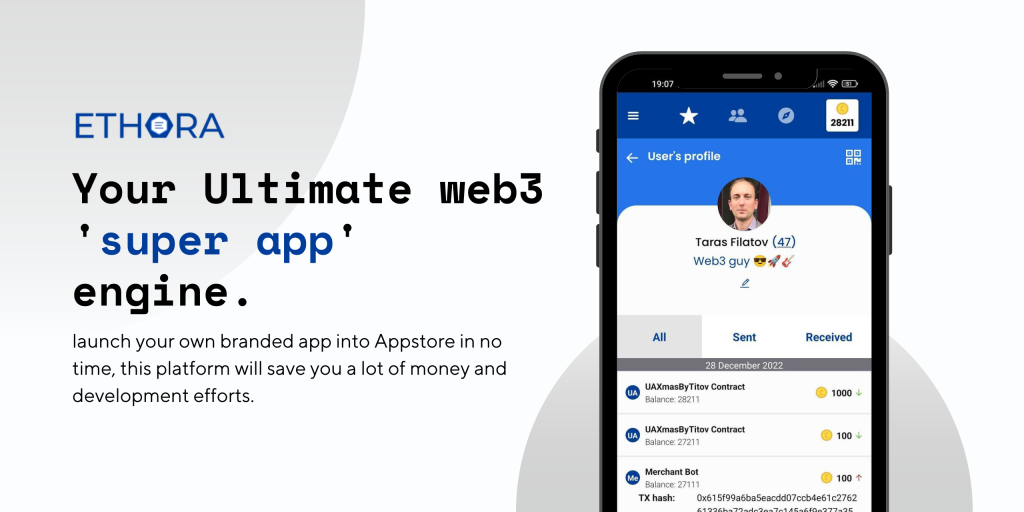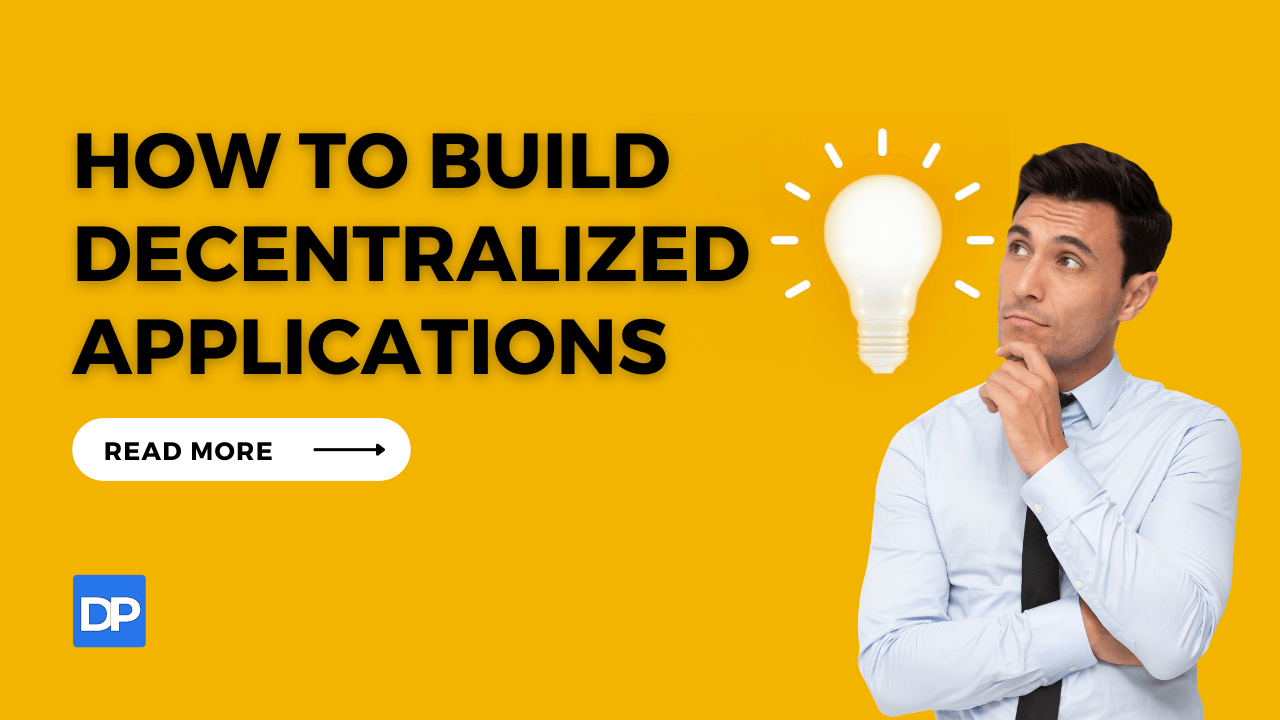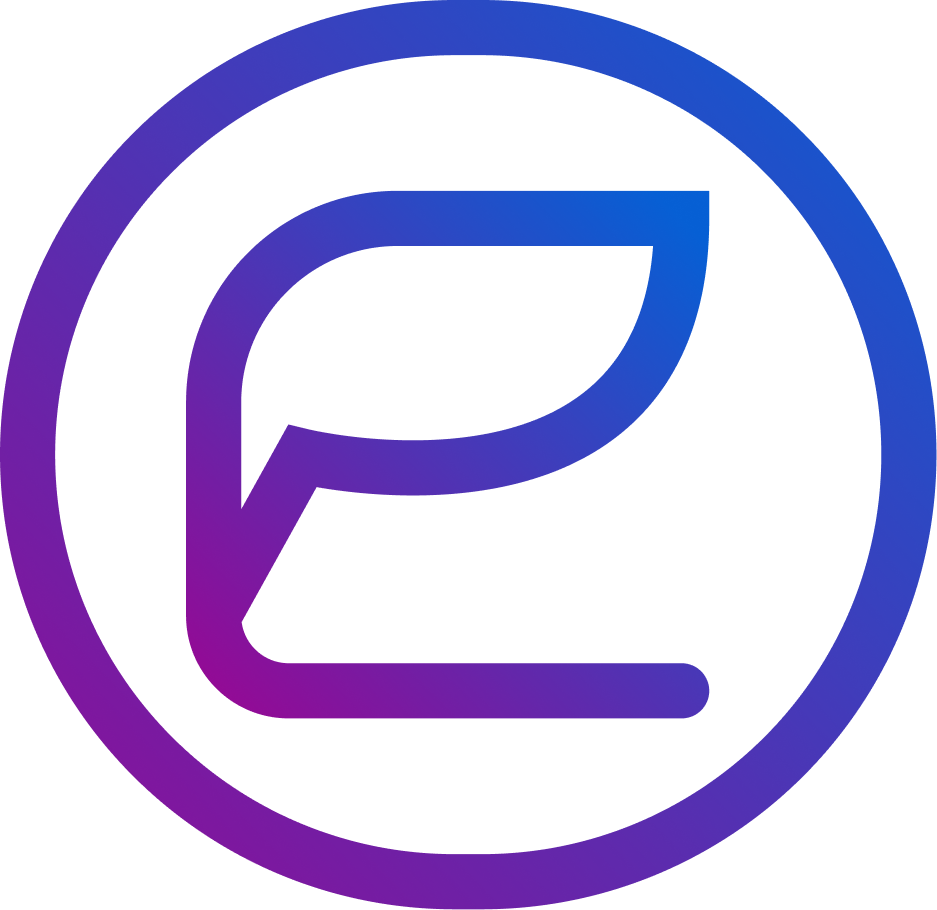If you’re looking to create decentralized applications or are willing to hire someone to do that, you must learn how to build dApps.
This guide on dApp development will help you understand the process from fundamental to advanced levels so you can make informed decisions being a business owner, developer, or blockchain technology and Web 3.0 enthusiast.
What Are Decentralized Applications (dApps)?
Decentralized Applications (dApps) are software applications that operate on a decentralized network, utilizing blockchain technology. Unlike traditional applications that rely on centralized servers, dApps run on a peer-to-peer network of computers, ensuring transparency, security, and immutability.
Why Would You Need Decentralized application Development?
You might be a healthcare, supply chain, social media, documentation, real estate, identity verification, content distribution, finance, investment, etc., business and wondering why would you need a dApp in the first place. You are under the impression that dApp is only for those businesses that deal with Bitcoins and other cryptocurrencies, NFTs, and other digital assets based on blockchain.
However, that’s not completely true. Any business can utilize a dApp if the business is concerned about security, data privacy, and transparency.
Any new activity within the blockchain network of a dApp is only accepted with smart contract executions or consensus between the users of the dApp. Thus, you can easily trace it back to the responsible person who might have done something right or wrong in your business system.
Apart from security and transparency, other reasons are:
- A dApp enables trustless transactions without relying on a central authority.
- To eliminate the need for intermediaries, reducing costs and increasing efficiency.
- dApps make the app always up and running since you are not hosting it on a central server but on a blockchain network maintained by real users or peers.
What Are the Roles of Blockchain Technology in Decentralized Applications Development?
Blockchain network functions as the backbone of any dApp. It plays the following role in decentralized app development:
- Decentralization: Provides the foundation for creating trustless and tamper-resistant applications.
- Smart Contracts: Facilitates self-executing contracts, automating and enforcing predefined rules.
- Consensus Mechanisms: Enables agreement on the state of the blockchain, ensuring network integrity.
- Cryptographic Security: Utilizes cryptographic techniques to secure transactions and user data.
- Tokenization: Allows the creation and management of native tokens for various functionalities.
- Immutable Ledger: Ensures an unchangeable and transparent record of transactions.
- Interoperability: Facilitates seamless interaction between different blockchain networks.
- Distributed Storage: Distributes data across nodes, enhancing resilience and reducing vulnerability.
Meet the Essential Components of dApp Development
You’ll need the following technologies or tools to set up a dApp:
Smart Contracts
These are self-executing contracts with predefined rules, automating and enforcing transactions on the blockchain.
Decentralized Storage
You need a distributed storage solution in place of a centralized app server. Such a storage often utilizes blockchain to store data across a network of nodes, ensuring security and resilience.
Consensus Mechanisms
These are protocols that enable nodes in a decentralized network to agree on the state of the blockchain. Consensus mechanisms ensure the integrity and consistency of the activities in the dApp.
User Interface (UI)
You also need front-end components that allow the app users to interact with the dApp and access its features.
Back-End Logic
This is the business logic of your dApp. The back-end logic is always linked to a smart contract. When the user makes any transaction using the business logic, the smart contract executes itself and makes an entry in the decentralized ledger of the blockchain.
Blockchain Integration
An online connectivity to a blockchain network to leverage its decentralized features and data storage.
Token Standards
You also need token standards like ERC-20 or ERC-721 for creating and managing tokens within your dApp.
Wallet Integration
Your dApp will need API access to major digital wallets like Metamask, Trust Wallet, Coinbase, MyEtherWallet, etc. dApp users can transfer funds from one app to another using these wallet APIs. Digital wallets also enable secure login to dApps.
Decentralized Identity
These are the systems that enable users to have control over their identity without relying on central authorities.
Oracles
Oracles are the external data sources that feed real-world information into smart contracts, enhancing functionality. Hosting a large app database directly on the blockchain will cost huge gas fees. Instead, you can host content on oracles for your dApps.
Governance Mechanisms
These are a list of protocols for decentralized decision-making and governance within the dApp community.
How to Choose the Right Blockchain Platform for Your dApps
Before choosing any blockchain network for your dApp, consider the following features and functionalities:
- Evaluate the scalability of the blockchain to handle the anticipated transaction volume and user base of your dApp.
- Understand the consensus mechanism used by the blockchain platform (e.g., Proof of Work, Proof of Stake) and its implications on security, decentralization, and energy efficiency.
- Ensure the blockchain platform supports the development and execution of smart contracts.
- Consider the interoperability of the blockchain with other blockchains and existing systems.
- Look for features such as cryptographic algorithms, formal verification, and security audits.
- Examine the size and activity of the platform’s developer community.
How to Build Decentralized Applications: In Step-By-Step
Find below a detailed guide picturing the complete steps involved in dApp development:
Define Your dApp Concept and Objectives
In this step, you must clearly define the purpose, features, and objectives of your dApp. You also need to identify the problem it solves or the value it adds to users.
Designing User Interface (UI)
UI designing is the step where you develop the visual elements of your dApp based on the UX design. There are various UI libraries for dApp development where you can easily source the UI element codes you need.
Designing User Experience (UX)
In the UX designing process, first, you must create user personas to understand your target audience. Secondly, you need to define user journeys and interactions within your dApp. Finally, you should also design wireframes and prototypes to visualize the user flow and experience.
Coding Smart Contracts
Firstly, you need to identify the functionalities that require smart contracts. Then, you can define the logic and rules to be implemented in the smart contracts. Finally, use the chosen programming language and development tools to code your smart contracts. You can get detailed technical documentation of smart contract coding from the blockchain network where you want to build the dApp.
Develop Backend Infrastructure
In this phase, you need to create the necessary backend infrastructure to support the interactions between the front end and smart contracts. It involves setting up servers, databases, and APIs to handle data and transactions.
Integrate Frontend with Smart Contracts
Now you must connect the frontend (UI/UX) with the backend infrastructure and smart contracts. It involves the implementation of mechanisms to trigger smart contract interactions based on user actions.
Deploy on a Testnet
Deploy your dApp on a blockchain testnet to simulate real-world conditions without using real cryptocurrency. Test the end-to-end functionality and identify and resolve any issues.
Deploy on Mainnet
Once testing and auditing are successful, deploy your dApp on the mainnet, such as the Ethereum blockchain. Announce the launch and make your dApp accessible to users.
Build dApps From a Template
So, this is how you can build a decentralized application for your cryptocurrency marketplace, non-fungible token marketplace, health care system, decentralized social media app, or any other relevant business app that can benefit from decentralization in technology.
If you do all the from scratch, it would require a large team of app developers, blockchain experts, UI/ UX designers, smart contract developers, and more.

How about you start from a template of dApp that already contains all the components you need? You would simply have to customize the app to suit your business logic, branding, business content, etc. One such template is the Ethora engine. It’s open-source and available to be cloned or forked from GitHub.


